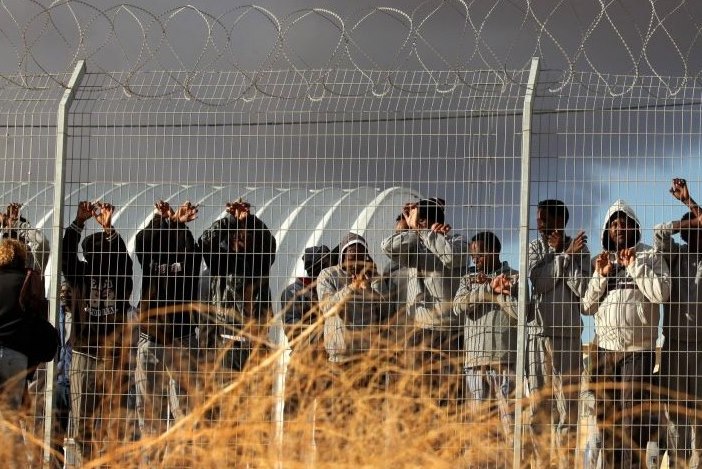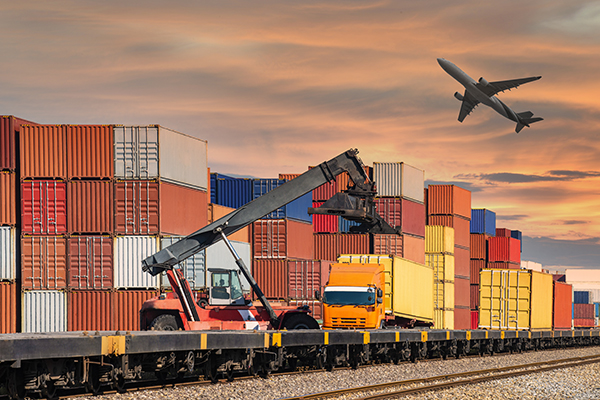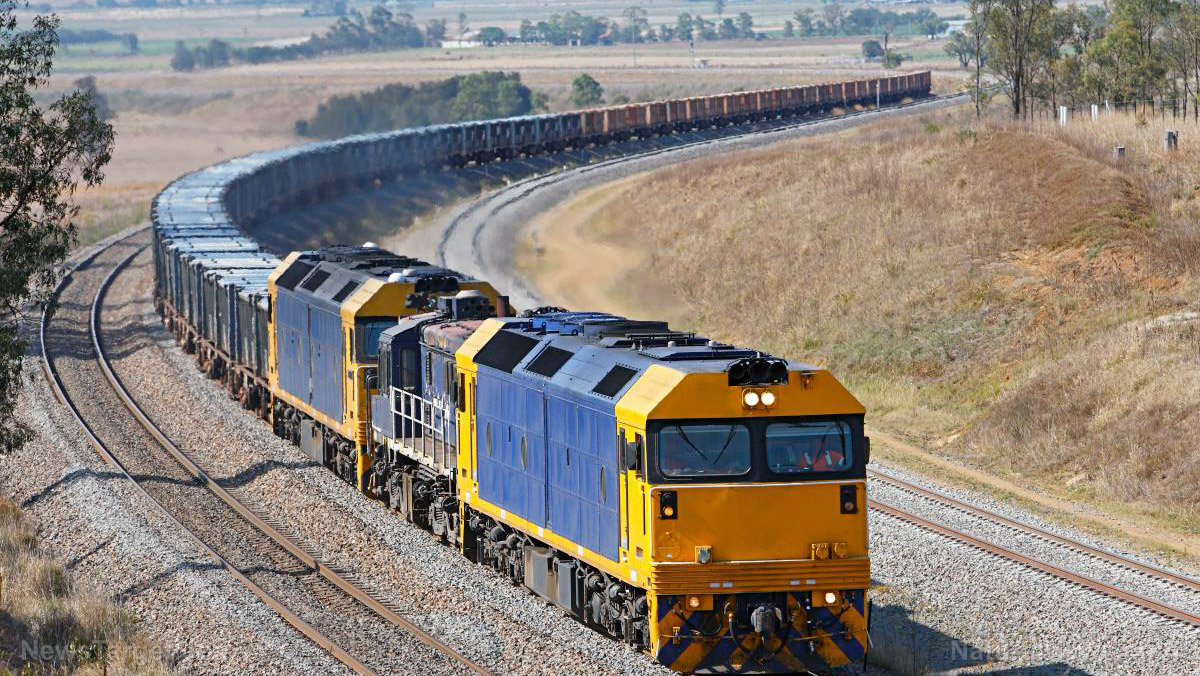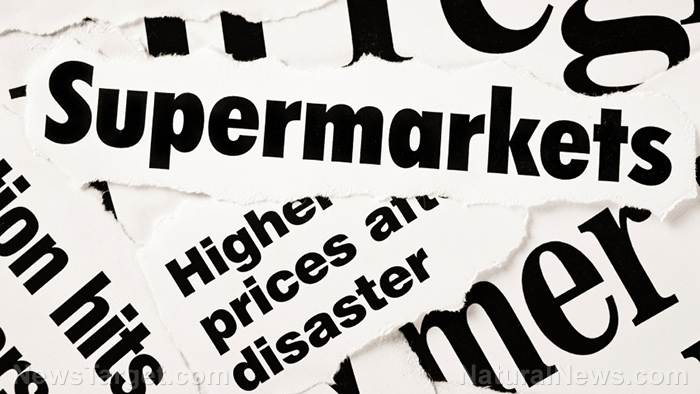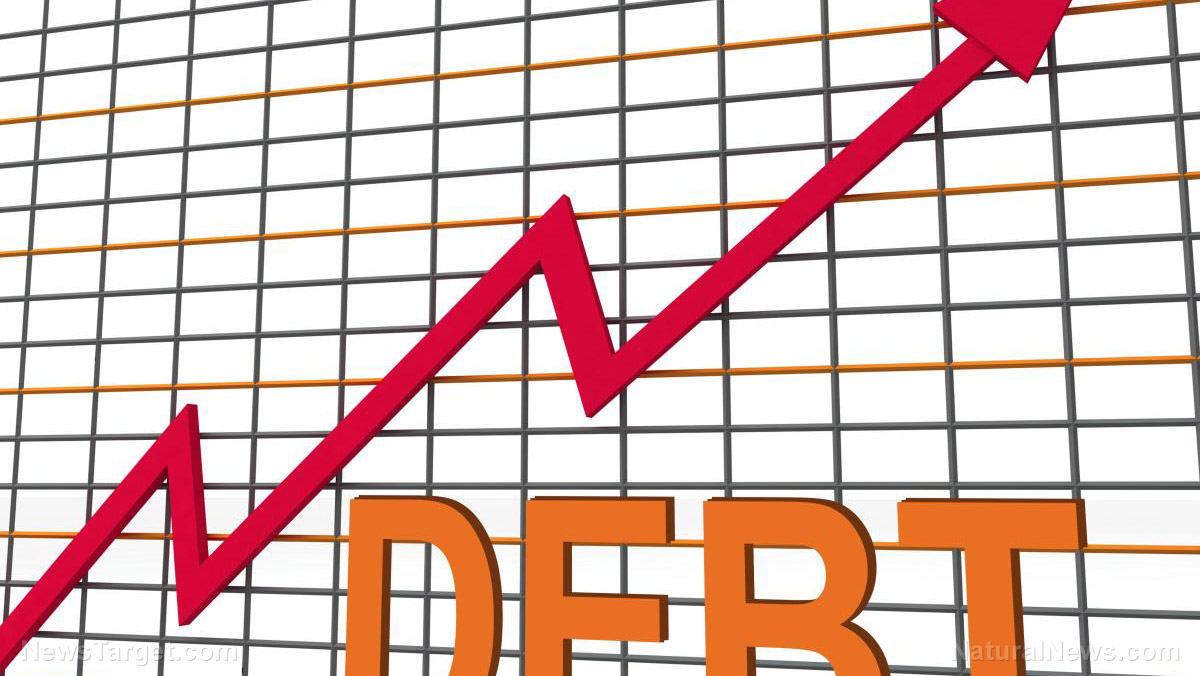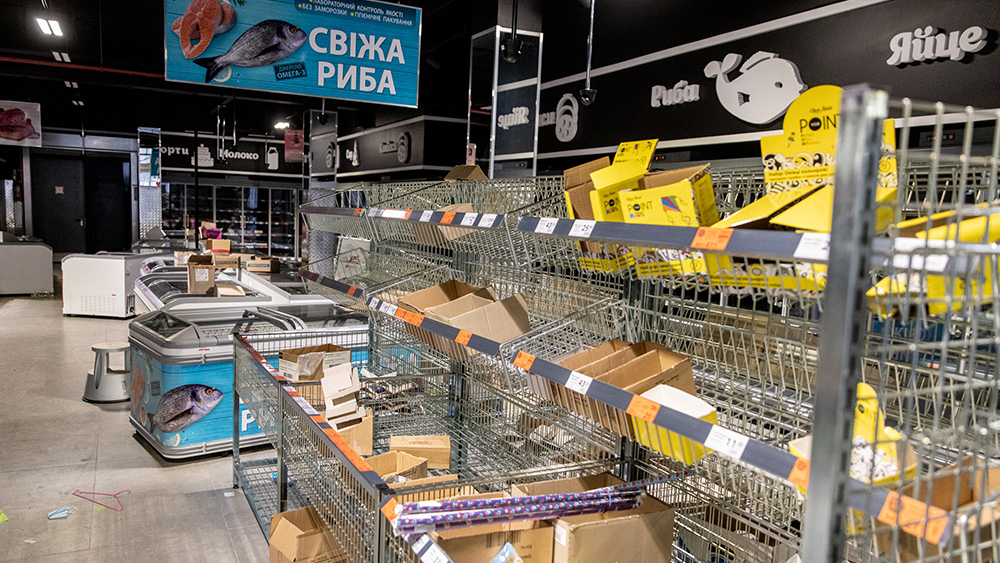China FLOODING the markets with liquidity to counter any loss of faith stemming from the coronavirus pandemic and a looming supply chain catastrophe
02/09/2020 / By JD Heyes
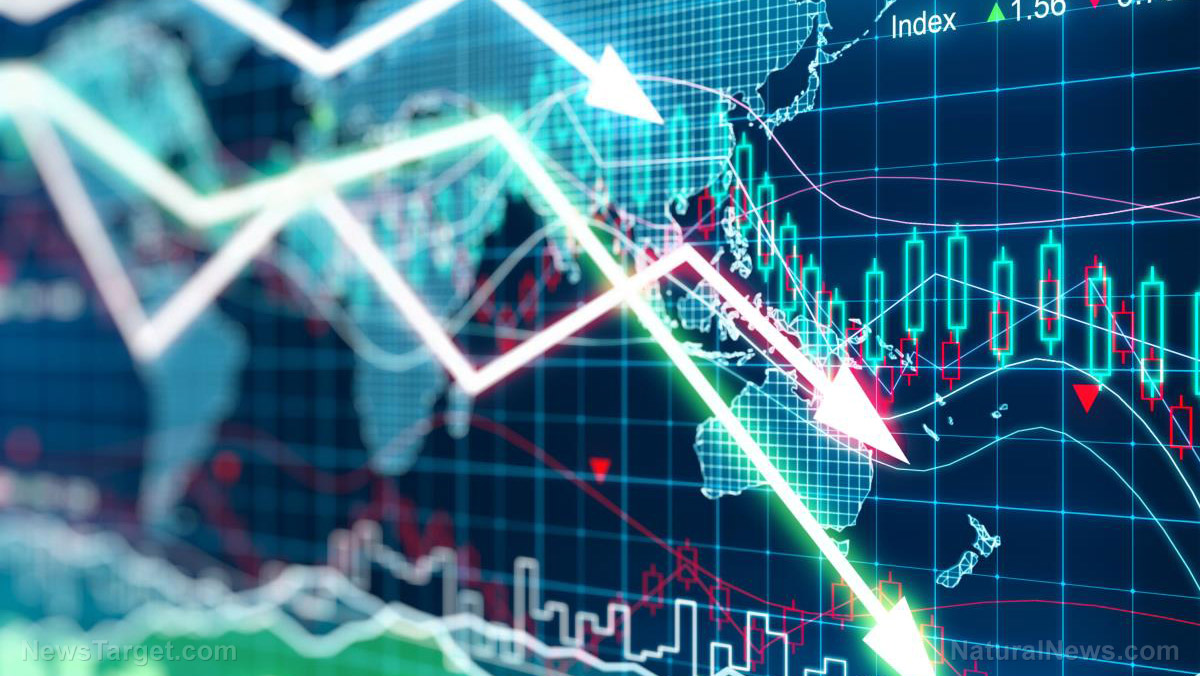
By week’s end, there were still more signs that China is having great difficulty controlling the spread of the coronavirus — so much so that the country’s Communist leaders have begun taking drastic measures to keep their economy, and that of most of the world, from collapsing.
First, Chinese leaders extended the country’s Lunar New Year break in the hopes that doing so would give them and the health ministry a chance to get a lid on the virus’ spread before everyone went back to work. That didn’t happen, however.
Now, as Zero Hedge reports, more cities and more companies appear to be shutting down rather than reopening, with Rabobank noting that leaders are beginning to realize just how serious and deep the damage to the Chinese and global economy will be if the outbreak goes on much longer.
“We are, after all, talking about 80 percent of the economy, and 90 percent of exporters, simply not functioning,” Zero Hedge’s Tyler Durden reported.
Yet, a look at global stocks does not give any indication that a major disruption is coming. The question to ask then is why? How come the global markets are ignoring what could be the biggest global pandemic of death and chaos in a century? How come stocks are not responding negatively to the loss of the world’s second-largest economy?
“The answer, it turns out, is the same as it always is — or has been for the last decade or more … LIQUIDITY!” Durden noted.
He adds:
Typically, China’s central bank (PBOC) floods the system with liquidity ahead of the lunar new year holiday to ensure banks can fund themselves for the week off and window-dress/support asset-values to ensure optimism and consumption continue. Also, typically, that repo-provided liquidity is rolled off shortly after the holiday is over.
But as the Lunar New Year celebration was approaching and it became obvious that the coronavirus was spreading beyond the government’s control, the PBOC doubled down (and then some) on the injection of liquidity into the economy in an amount not seen before: To the tune of about $300 billion.
Some would call this a ‘conspiracy’
That injection sent Chinese stocks soaring back to highs, but at the same time Chinese bond yields tanked.
Nevertheless, the U.S. mainstream media, filled with sycophants who have no real clue about what happens when global supply chains are disrupted and the world’s second-biggest economy appears to be on the verge of shutting down, reported nothing but great news.
All is well. Except that it isn’t.
“If China is seeing its yields plummet, what does that say about global growth prospects? What does that say about global reflation?” Zero Hedge noted.
Already, there are major supply-chain disruptions for a broad swath of global firms, and those will only widen and deepen as the virus continues to spread and to kill.
What’s interesting to note is that there appears to be an effort — liquidity is one method and failing to accurately report what’s going on is a another — to keep as many people around the world in the dark about what’s really going on as possible.
Some would call that a “conspiracy.” They’d be right, but it sure isn’t the first time it’s happened.
Nevertheless, as reports by week’s end noted, there seems to be no way to stop the inevitable market collapses if the coronavirus continues spreading and killing throughout China (and beyond).
In a very real but accidental way, Beijing is showing the world why President Trump is right and why it’s not a good idea to put all of our faith in a country that has had two of these dangerous, deadly viral outbreaks — SARS in 2002 and coronavirus now — in less than two decades.
Sources include:
Submit a correction >>
Tagged Under:
business, China, collapse, conspiracy, coronavirus, economics, economy, liquidity, markets, outbreak, pandemic, risk, stock market, yields
This article may contain statements that reflect the opinion of the author
RECENT NEWS & ARTICLES
SupplyChainWarning.com is a fact-based public education website published by SupplyChainWarning.com Features, LLC.
All content copyright © 2021 by SupplyChainWarning.com Features, LLC.
Contact Us with Tips or Corrections
All trademarks, registered trademarks and servicemarks mentioned on this site are the property of their respective owners.

